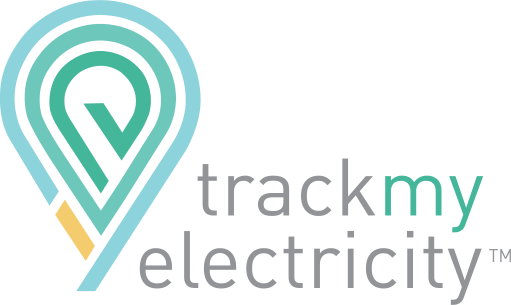About the project
“My neighbours woke me up. I gathered my family and we just ran uphill to save ourselves” said farmer Prem Bahadur Pun, from a village in Surkhet, Nepal, affected by the Bheri River floods of 2014. “By morning, our house was gone, the cattle were gone, my land was gone. I lost everything.” Pun said. Others were not so lucky.
“So many people are missing … including one of my neighbours, his wife and two grandchildren.” After the flood, many men were forced to migrate for work, earning pitiful amounts but still not enough to feed their families. Immediate disaster assistance has melted away leaving communities without help, some still living in tents in nearby forests, four years later.
Track my Electricity wants to help change this situation for 2 750 people in two communities in Surkhet, Nepal, who are still living with the impact of the 2014 floods. By supporting this new and highly innovative project, Solar Energy for Community Resilience in Nepal (SECuRE) by Renewable World, we are helping with the installation of a stand-alone solar system in Bherichaal-Chepang as well as a solar microgrid in Srijana Bazaar in Simta Rural Municipality.
The solar system will be installed to power:
- a new flood-warning system serving the most at risk communities, benefiting 300 households (1,650 individuals)
- a health center to provide lighting and refrigeration for medicines and vaccines, benefiting 706 households (3,883 individuals)
- lighting and power for homes and small businesses, increasing health, well-being, productivity and ultimately incomes.
The solar-powered micro-grid will be initiated to provide:
- 33 electricity connections, including 31 households running small businesses
- Benefiting 146 people with electricity access and improve health for up to 2,000 people in the health post catchment.
Full funding for the project has been secured.
Gallery
About Renewable World
Renewable World was established in 2007 with the aim of empowering energy poor communities to develop sustainable livelihoods trough the provision of renewable energy systems. They work through partners to provide renewable energy services to the energy poor where financial or geographical barriers prevent public or private sector solutions being effective.
In Nepal, their projects use renewable energy technology to tackle poverty by bridging the major barriers facing communities, with a focus on geographically and socially marginalised, energy-poor communities in the Western mid-hills and Terai region of Nepal. Renewable World’s work in Nepal has reached over 90,000 people, bringing a wide range of benefits: reducing the amount of time women and girls spend collecting water and reducing illness/accident associated with water collection; increasing income from agriculture; and increasing household consumption of fresh vegetables and food security.
Read more about Renewable World.


